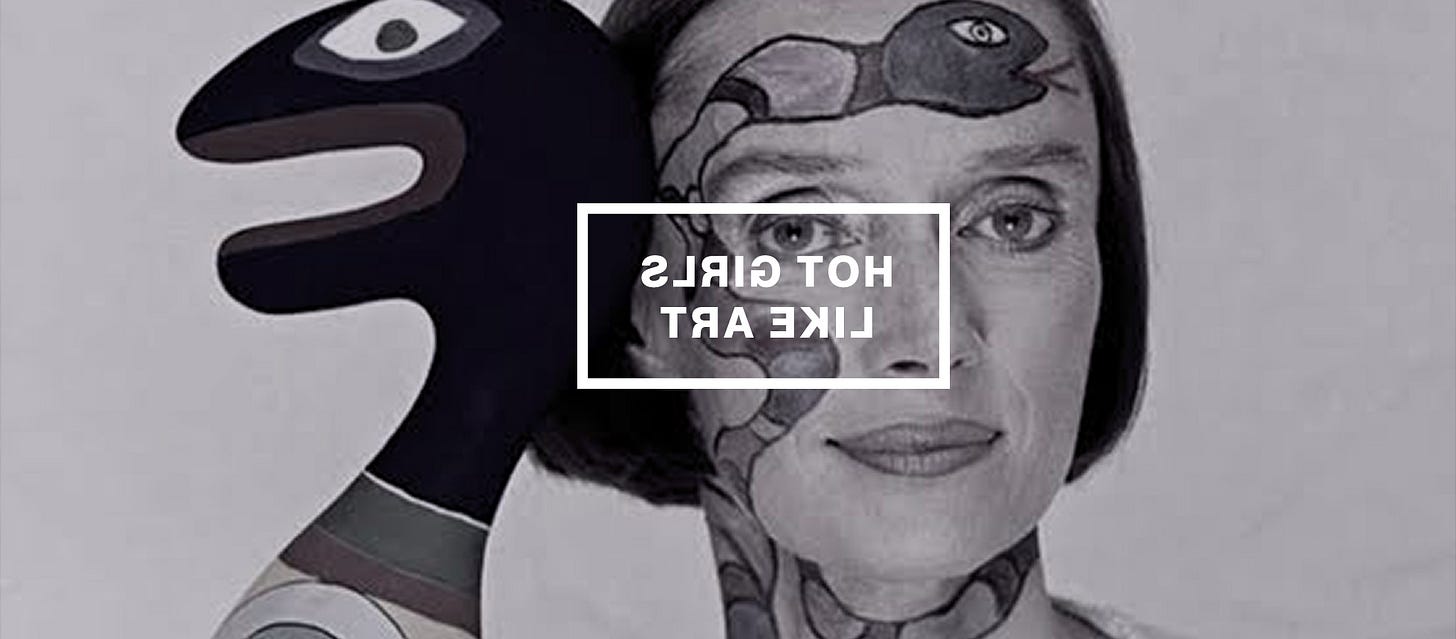Maybe it's me
I'm the problem
When I listen to my inner voice, I hear judgment.
As I work, as I present myself to the world, I hear the voices of those around me, mockingly tearing it apart, but it is my voice I hear.
And when I am at my lowest, and I’m guilty of the same judgement of others, if I’m able to listen to the voice there, I realise it’s the same voice.
Hey everyone,
Welcom…
Keep reading with a 7-day free trial
Subscribe to Hot Girls Like Art to keep reading this post and get 7 days of free access to the full post archives.



